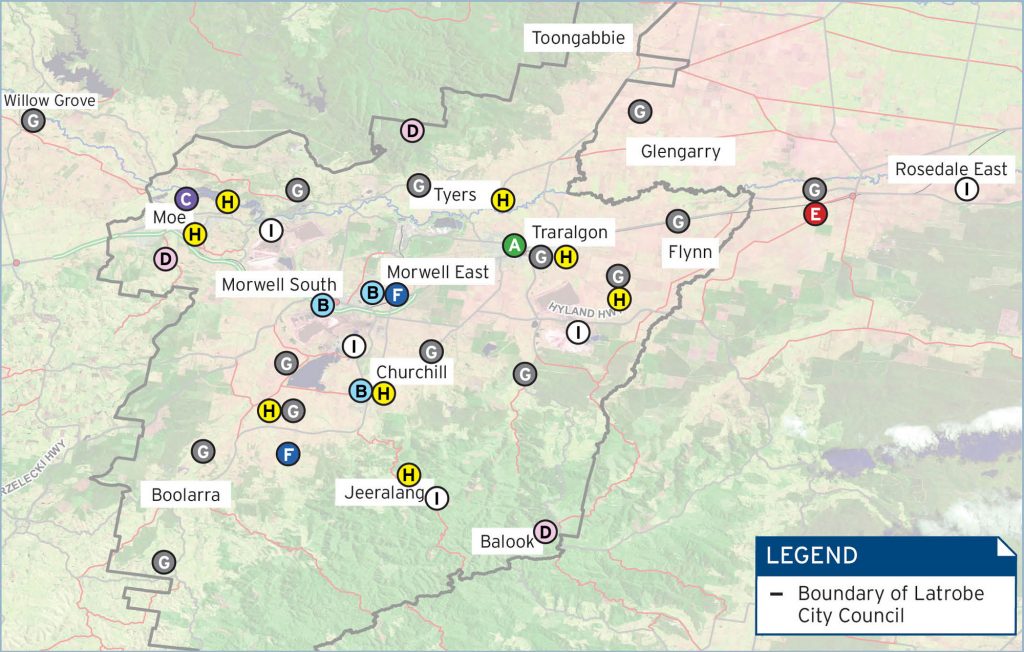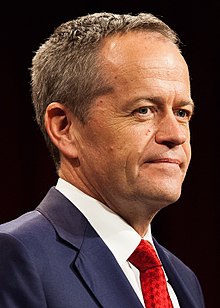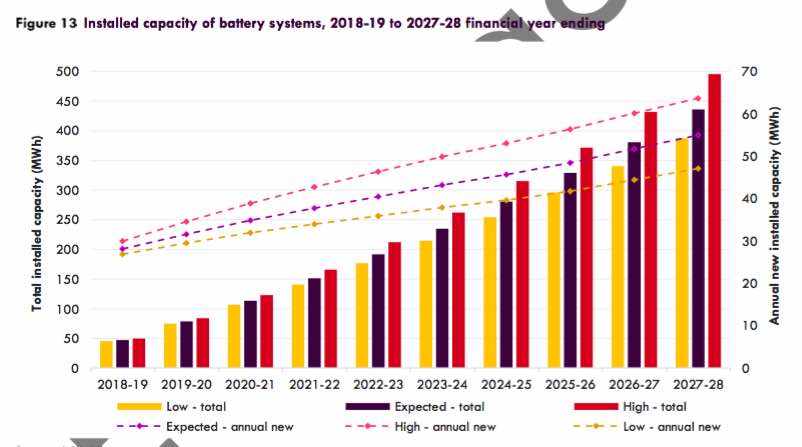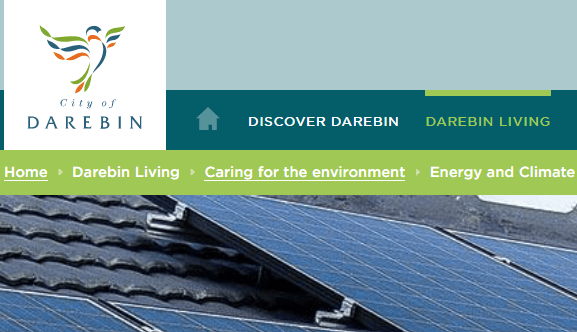Latrobe Valley solar energy is set to get a boost with 30 public buildings in the area to have rooftop installed at no cost, thanks to a bit of help from the state government in Victoria.
Latrobe Valley Solar Scheme
Energy and environment minister Lily D’Ambrosio was in Moe last week to discuss the scheme and show the Latrobe Valley residents a list of the public buildings in line for free solar upgrades, including in some cases solar hot water and lighting. One such building is the Toongabbie Mechanics Institute – a building where existing solar has already saved $500 on last quarter’s electricity bill. Toongabbie Mechanics Institute treasurer Roger Ries summed it up very succintly:
“It’s made amazing reductions. It’s cheaper for the recreation reserve users and it will make it cheaper for the hall here,” Mr Ries said.
Minister D’Ambrosio spoke about the impact these home solar energy upgrades will have on the lives of lives of 1000 vulnerable Gippslanders.
“The energy upgrades and solar installations will not only help bring down energy prices for the Latrobe Valley, they will create local jobs in the renewable energy sector,” she said.
According to the Latrobe Valley Express, over 1000 households/low incomes earners are also eligible for solar systems as part of the $5 million Latrobe Valley Home Energy Upgrade Program. Local businesses Gippsland Solar (who are responsible for the fantastic Camberwell Grammar School Solar System), Sunny Afternoons and Rocky’s Electrical will be used for both programs which will create 10 full-time jobs.

There’s been some great solar news for the Latrobe Valley / Gippsland area with regards to both end-user solutions and large-scale renewable energy production – with a 70MW solar farm on the outskirts of Morwell announced back in April, to be build by ARP Australian Solar who said the plant will be a hybrid solar and battery farm which create “well over 100 jobs [during construction]” for the area.
“There would also be a number of ongoing jobs … involving security, electrical testing, monitoring and what have you.”, according to ARP Australian solar director George Hughes.
Mr Hughes elaborated on a potential timeline for the Morwell solar farm:
“With everything going according to plan, we’re looking to start construction in January or February next year, early 2019.”
We’ll keep you updated on both the Latrobe Valley Solar Scheme and the Morwell solar farm. Exciting times for Gippsland!





